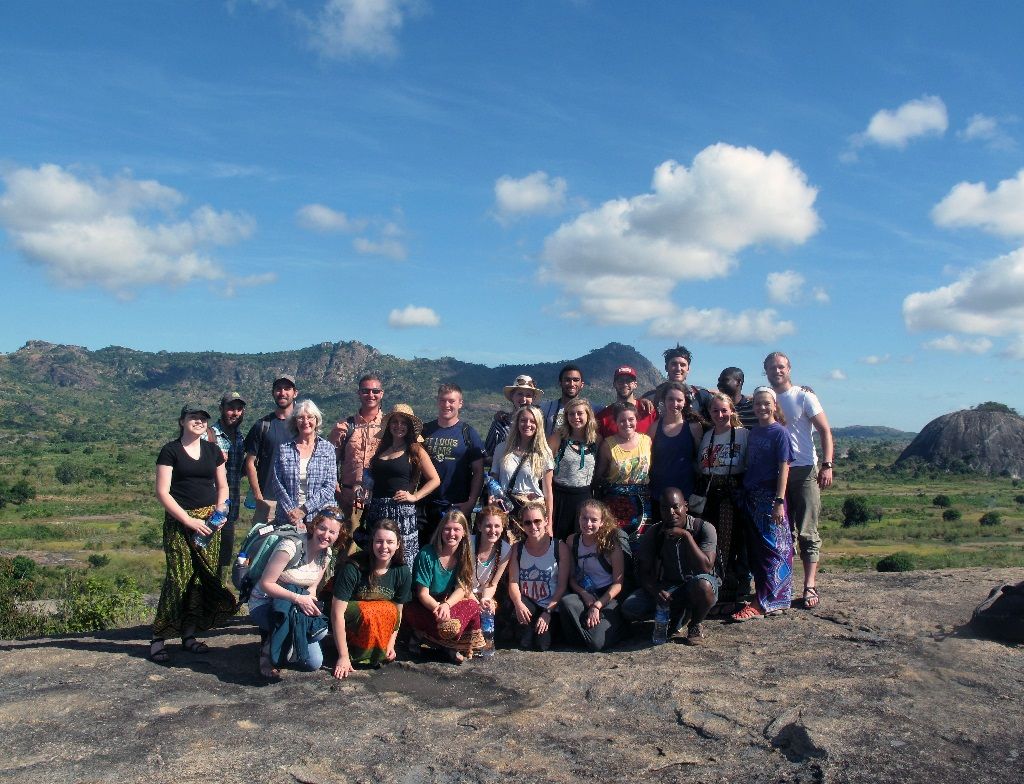Honors horticulture student Olivia Caillouet traveled to Africa last summer to take part in Global Community Development in Mozambique. (Check out our video on the program.) This UA faculty-led service learning program focuses on New Horizons, a poultry farm on a mission to change lives. Food insecurity is a day-to-day, gnawing reality for many families in Nampula. New Horizons has encouraged workers who raise chicks to supplement their income – and diet – by planting vegetables as cash crops. Olivia’s project looked at total cost of input, yield, and market price to determine which crop is the best bet for area farmers. She’s presenting her findings at the International People Plant Symposium hosted by the International Society of Horticultural Science in Montevideo, Uruguay, Nov. 9-13, 2016.
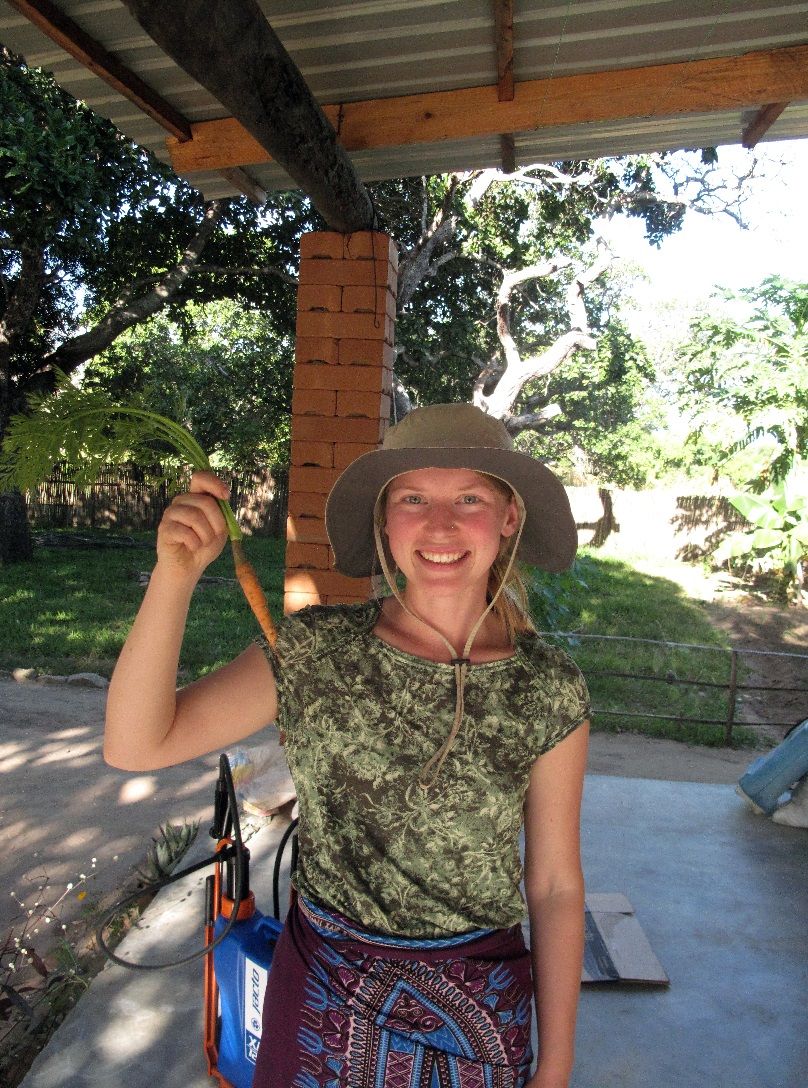
1. This is the first carrot harvest of the season. This is a small carrot that says so much. A majority of the food consumed is corn and the ability to have other nutrients in the diet could improve the overall health of locals. Diversity is key to many issues regarding land, society, and economics.

2. The photo above was taken the first week in Mozambique when we met an “outgrower” for New Horizons. Outgrowers are provided chicks and feed and in return for the work to raise the birds, the growers are able to sell them back to New Horizons for a profit. My research aimed to determine which vegetable crops would be most profitable for poultry producers. They could use the nutrients on site, such as manure, as fertilizer.
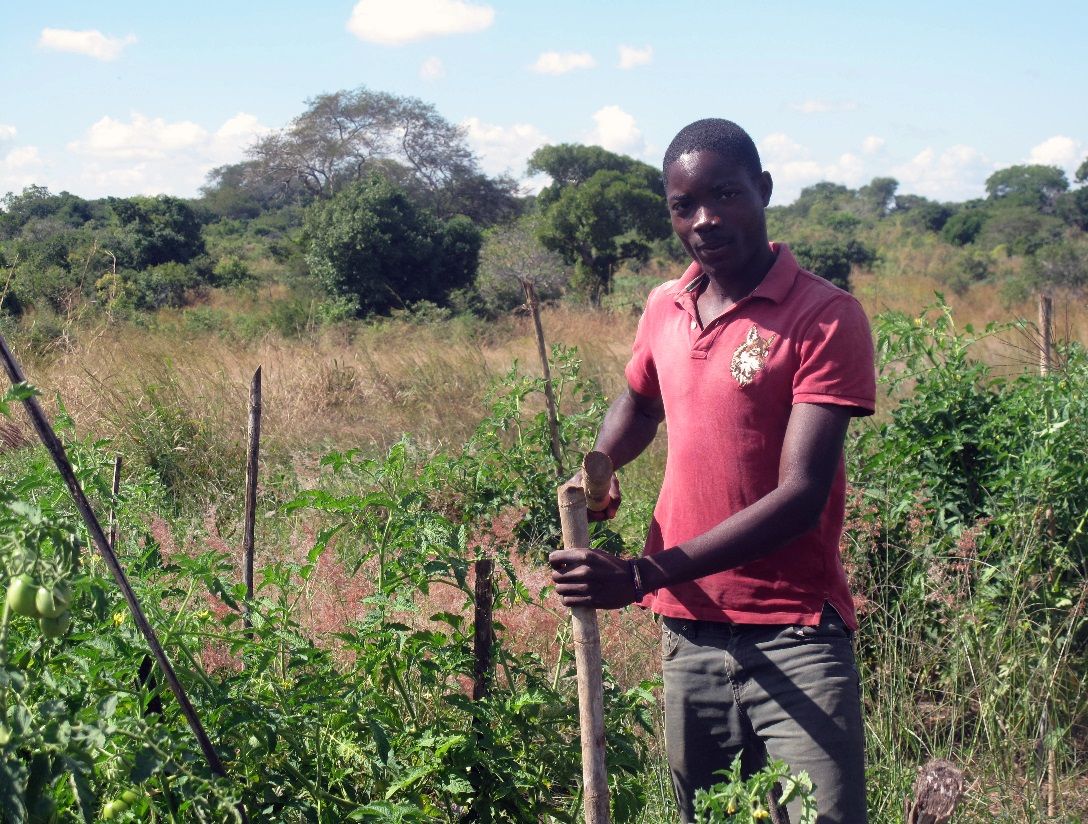
3. Alberto, one of the apprentices at the agriculture school, is adding stakes to his tomato plots. As the plants grow fruit they become heavier, which makes them lean towards the ground. The stakes keep stems upright to prevent breakage and pests eating the fruit.
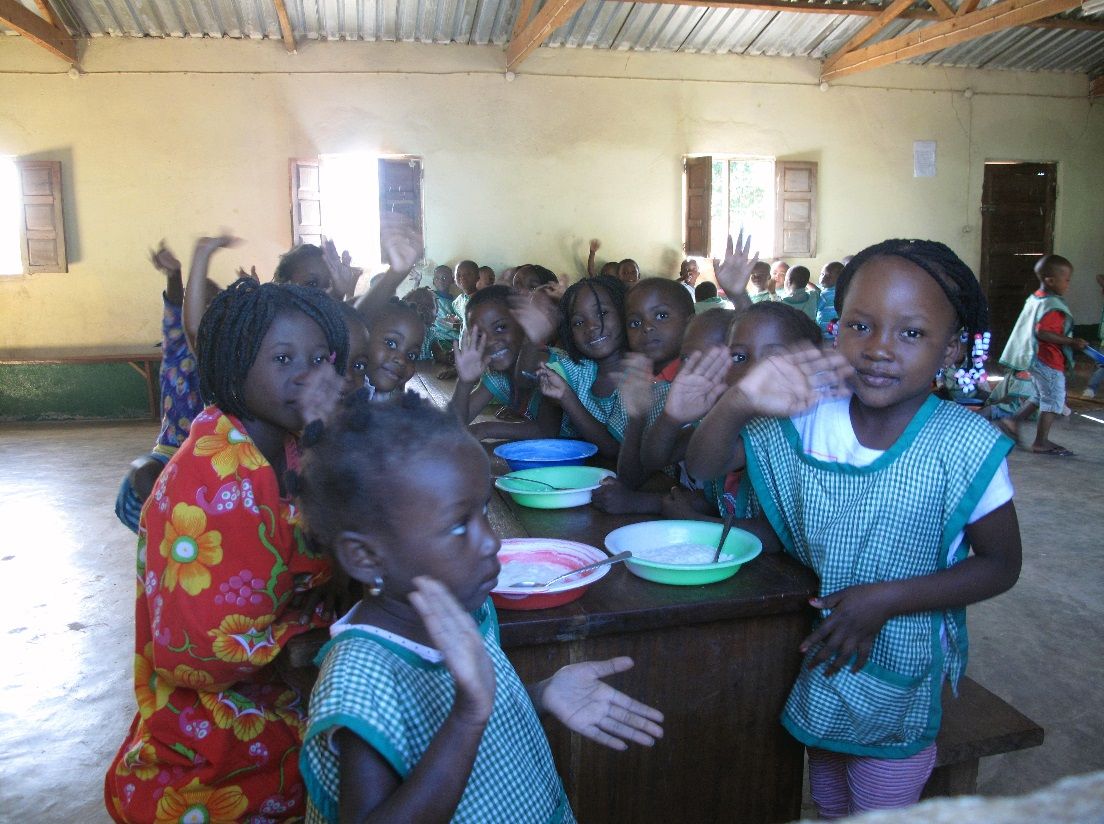
4. About 100 preschool children attend this school that is sponsored by a church. For many of these children this cornmeal will be their only food of the day. Their smiles prevail over hardships and teach me so much.
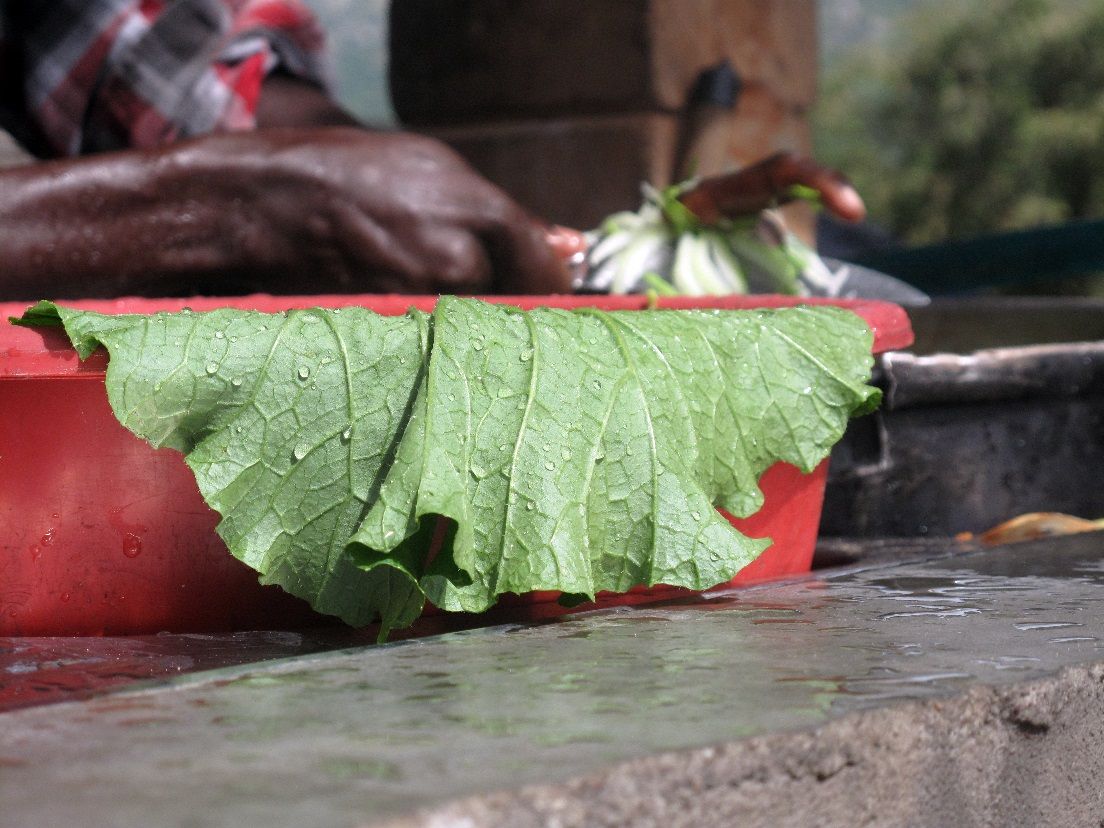
5. An apprentice washes Chinese cabbage that was freshly harvested from the fields. This will be cooked over an open flame and sautéed with onions, tomatoes, corn, and oil. While a majority of the food grown at the agriculture school is sold at markets, some is used to feed the farmers on a day-to-day basis.

6. Project mentor Dr. Nalley (center), an apprentice, and I are performing crop evaluations in the agriculture fields. Here there are plantings of cabbage with tomatoes in the distance. Hours were spent determining the ranges for total crop inputs, yields, and potential prices for yields at market, so that we could chart the economic risk involved in growing various crops.
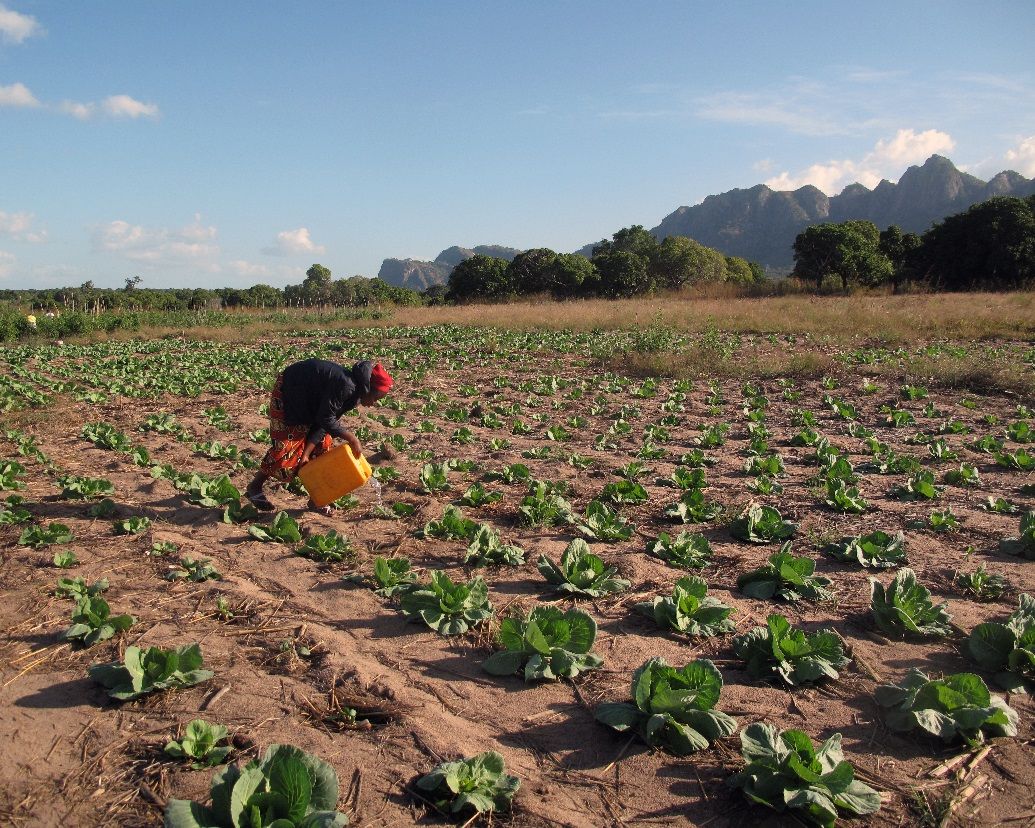
7. An apprentice waters the cabbage plot once the afternoon heat has passed. Due to the sandy soil with quick drainage, water is needed several times a day. When the water pump is not working the water is gathered from a well near the fields.
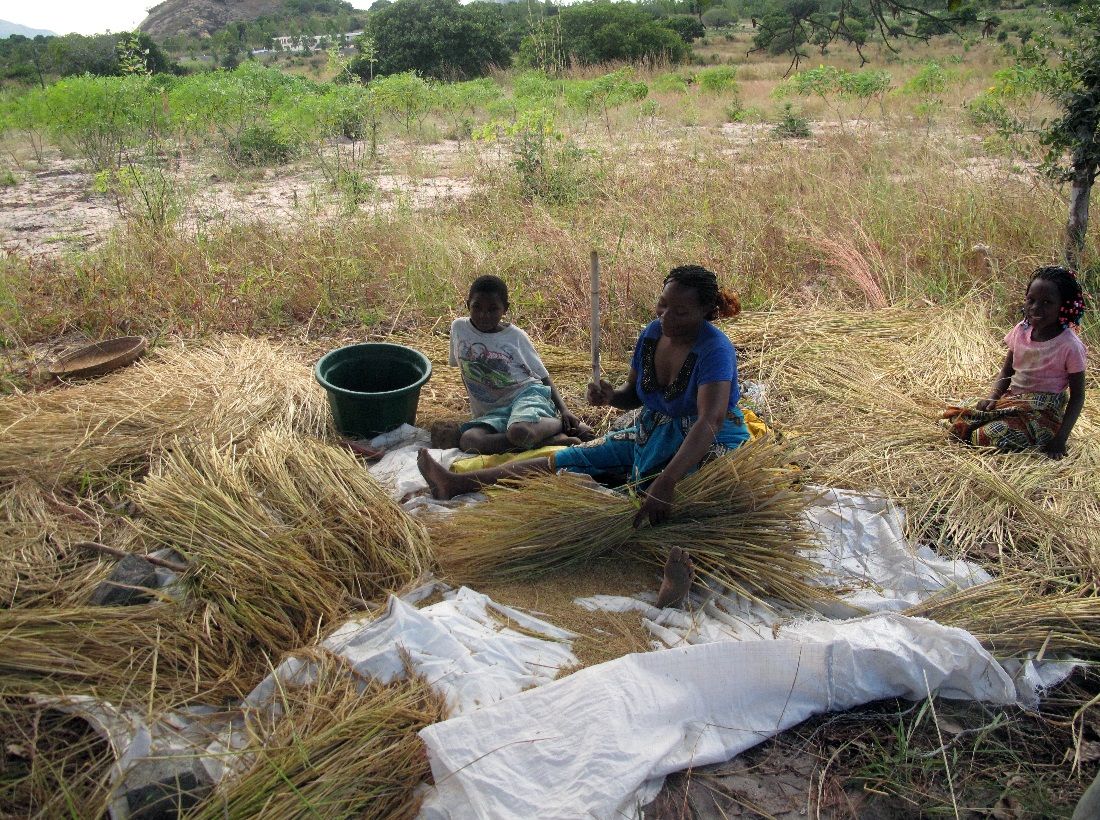
8. A family harvests rice from the field. After this step the rice will be dried in the sun and the hull will be removed, leaving just the rice. When we asked the family what they will do with the rice, they replied proudly, “We will eat it and save seed for next season.” The ability to have food security brought the children and parents an immense amount of joy.

